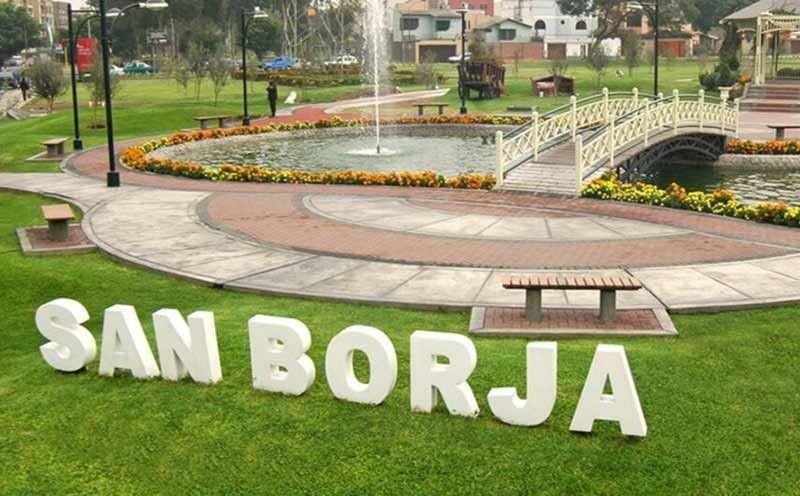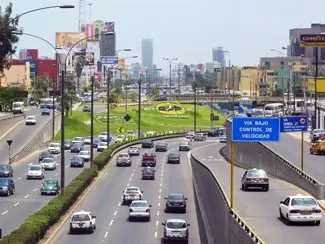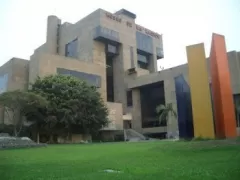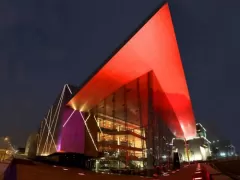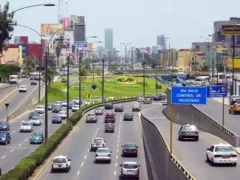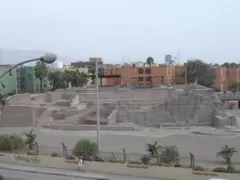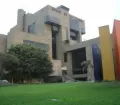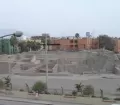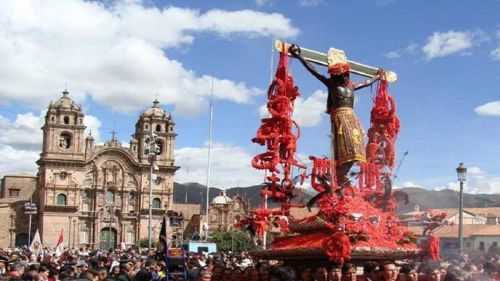San Borja is a small district east of Lima's city center. Originally a part of the district Surquillo, it was established as a separate district in June 1983. San Borja is one of the few districts of Lima which was planned from the beginning and developed in an orderly fashion.
It is mostly a middle to upper class residential area with lots of beautiful parks and gardens.
Located in the district of San Borja is one of Lima's major two museums for Peruvian history, the Museo de la Nacion. The Museum of the Nation houses thousands of authentic artifacts spanning the entire span of human occupation in Peru.
Places to visit & attractions in San Borja
Biblioteca Nacional (National Library)
Opposite the Museo de la Nacion you will find the new Biblioteca Nacional. The National Library houses exhibition halls, 12 reading rooms with internet access, a theater, an amphitheater, cafeteria, storage areas and administrative offices. The Library contains among thousands of books the "Hemeroteca Nacional", the biggest collection of newspapers and magazines in the country.
Museo de la Nacion
The Museum of the Nation is not as well-known as other archeological museums in Lima, but it is worth a visit. It shows the Peruvian history in an impressive way. The remarkable presentation of pre-Christian cultures and the collections of Nasca, Wari and Moche ceramics are unique.
Gran Teatro Nacional
Opened in July 2012 the Grand National Theater, the Gran Teatro Nacional del Peru, is the newest and most modern addition to Lima's cultural scene. The multi-purpose theatre and concert hall is equipped with the latest technology in acoustics as well as sound and theatrical engineering making a visit to one of the performance ranging from operas, concerts, ballets, Broadway shows and more a first class experience.
Huacas (Adobe Pyramids)
In San Borja you find two pre-Inca huacas (pyramid made of adobe bricks). The Huaca San Borja was built by the Ichma culture and is open for guided visits. The Huaca Limatambo is as old as the Huaca San Borja. However, Limatambo is not open to the public and archaeological studies are ongoing.


